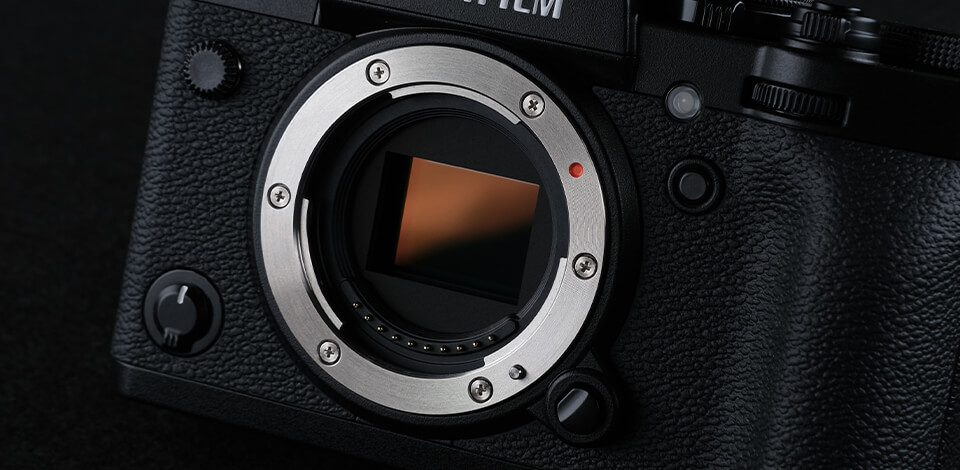
If you are after the highest quality of your pictures, then you can’t do without the best camera sensor, the size of which is crucial in determining the resolution of a photo. With even a little experience in photography, you must have noticed that a simple DSLR, even with the same number of pixels as a full-frame pro-level camera, will never give the same image quality. It’s all about robust performance, including a reliable camera sensor.
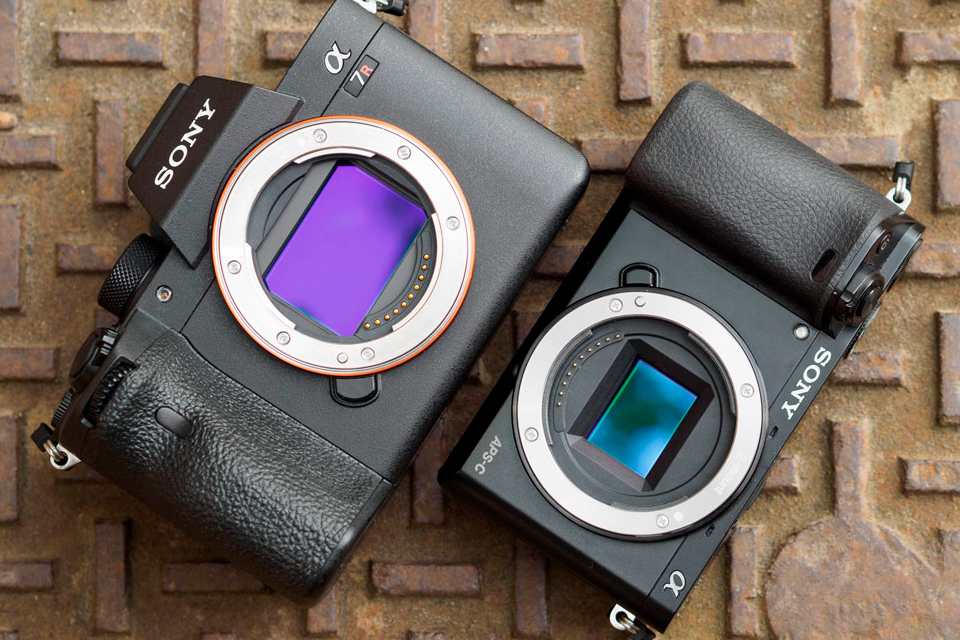
As part of a camera, the sensor is highly light sensitive and captures a frame when activated. As a rule, its size is measured in millimeters, less often in inches. The closest to 35mm film in size is the full-frame sensor – 35.00 x 24.00mm, while the 1-2mm difference also happens. In turn, APS-C can be found in completely different sizes, depending on the brand of the manufacturer.
Digital camera sensors are made up of countless tiny photosites – photosensitive receptors. They are calculated in megapixels, i.e. in millions of pixels. Therefore, when you press the button to take a photo, you activate the shutter so that it opens and the sensor catches the light that comes from the lens.
Photosites on the camera’s sensor collect incoming light like small pails collecting raindrops. The quality, sharpness, wealth of colors and contrast of your picture will depend on their size and number. Having received the necessary data, the photosites pass them on to the processor, which turns them into a picture and saves them to the cameraэs memory card. The number of photosites on a sensor varies from 16MP to 102MP and many factors influence this value.
It is the DSLR camera sensor that determines the quality of the output image. Everything is simple here, the larger its size, the better the quality will be. The higher the pixel value of the sensor, the better the photos taken in the dark, the less noise there will be on them, the higher the dynamic range, and the more data received.
Perhaps the most popular sensor sizes for mirrorless and DSLR types of cameras are full-frame, APS-C, and Micro Four Thirds. Photographers also often prefer CMOS and CCD, which stands for Complementary Metal Oxide Semiconductor and Charge Coupled Device, respectively. These terms describe the way light is converted into an electrical signal inside the sensor.
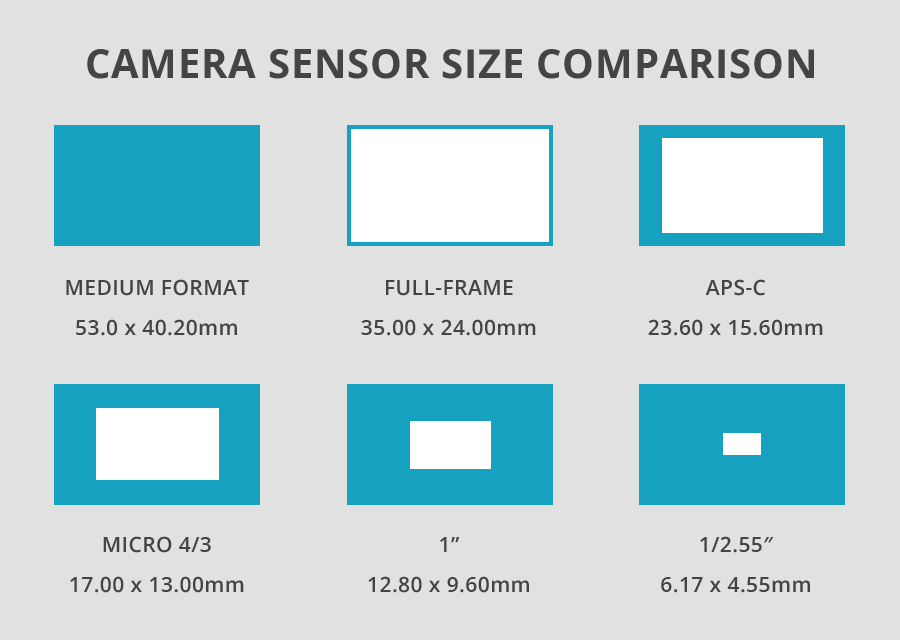
Knowing camera sensor ratings is important to understand which lenses will suit you. For example, for full-frame cameras, it is better to choose full-frame lenses to ensure the best quality of your photos.
In addition to the above, it is also important for choosing the camera, which is suitable for your purposes and genre. If you are printing your pictures in large formats, then not all the sensors will be able to provide you with the proper resolution. If you are an amateur photographer and are looking for something to add to your family album, then small sensors will be the best choice.
Sensor size is critical to image quality, but not the only one. This is also affected by the value of megapixels, crop factor, aperture settings, and lighting.
The larger the sensor of your camera, the larger the pixels of the resulting frames will be. This is clearly visible in comparison with a smaller sensor with the same resolution. The larger the pixels, the better they capture the light coming from the lens. This is because such cameras are more sensitive to light and have a bigger dynamic range. All this together provides high-definition images.
If the lighting is good, then the difference may not be very noticeable. However, if the lighting gets even a little worse and more difficult, then you will immediately notice the difference between large pixels and the best camera sensor compared to inferior models.
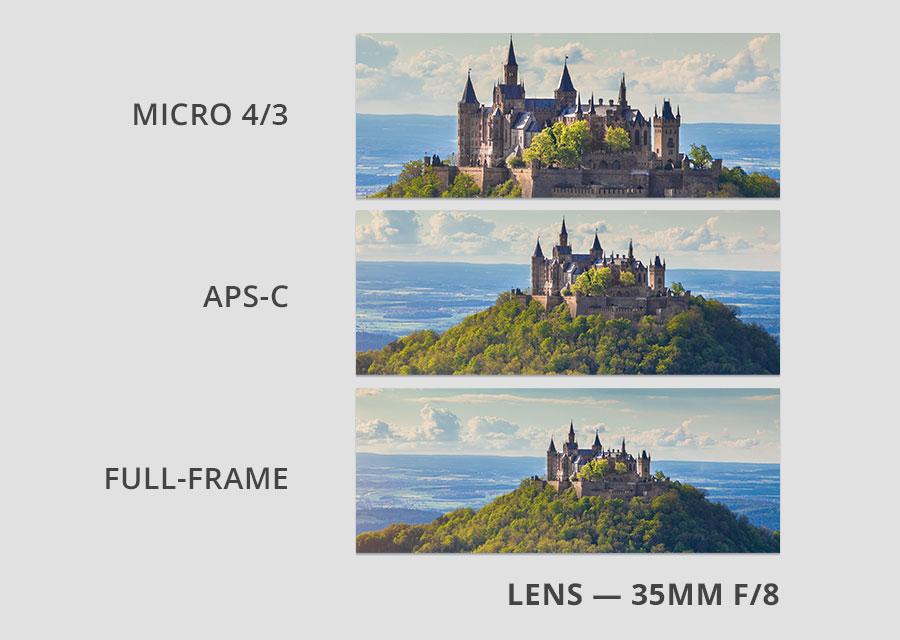
If you multiply the crop factor of the sensor by the focal length of the lens, you can get a result like a full-frame 35mm camera. Take, for example, a 35mm lens and combine it with an APS-C sensor that has a 1.5x crop factor. This will give us the equivalent of a full-frame 50mm camera. If you take a sensor with a smaller size, then you get a reduced view of the 35mm lens.
On top of that, the crop factor also provides extra coverage, making small sensors a good option for shooting from far away. For example, a 200mm lens combined with a 2.0x Micro 4/3 body gives you the performance of a full-frame 400mm camera with less weight.
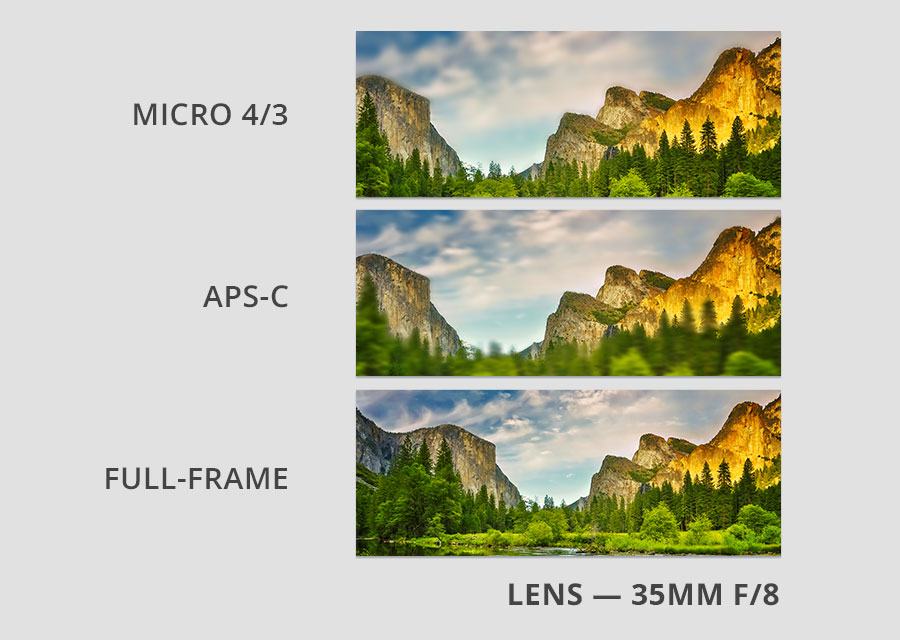
By decreasing the aperture from f/2 to f/2.8, we enlarge our subject in focus. The same result can be achieved with a smaller sensor and a given lens aperture.
Thus, we can conclude that the smaller the DSLR camera sensor, the less deep the sharpness of the image will be, unlike the larger sensor, given that the aperture and focal length values are the same in both cases. By analogy, a smaller sensor furthers the hyperfocal distance.
The size of the sensor also affects the aperture – it is equal to a stop of light per step of the area. Based on the medium format, it can be concluded that the full frame provides a stop less of the depth of field following the aperture. More specifically, in terms of aperture, f/2 results in a full frame equal to f/2.8 in medium format.
APS-C, on the other hand, offers a stop less than the full frame and two stops less than the medium one. If you want to isolate the object, then f/2 on APS-C will produce the same results as f/2.8 in the full frame and f/4 in the medium. Micro 4/3rds will provide another step-down and so on by analogy.
For lovers of night photo shoots, especially sky photography, I advise them to purchase both lenses with a large aperture and a camera with a large sensor size. For photography in low light conditions, full-frame sensors will be the best option. They provide the optimal balance between camera sensor ratings and body size.
When compiling the best digital camera sensors list, I focused on the updated DxOMark database, user reviews, and prices. Models on this list range from $2,000 to $5,750.
I also took into account the type of sensor and its dimensions, the number of megapixels, and what types of photos it is suitable for. The choice of the sensor depends on your needs. If you often print large-scale images, then it makes sense to take a closer look at full-frame and medium ones. APS-C camera sensors will meet the requirements of most photography genres. Micro 4/3rds is suitable for wildlife, outdoor, and documentary photography due to a significant crop.
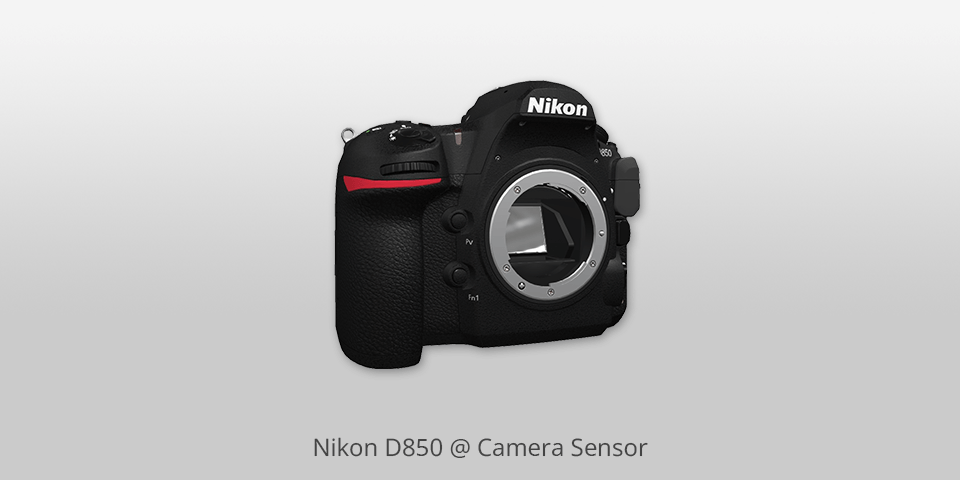
Type: BSI full frame sensor | Sensor size: 35.9 mm x 23.9 mm | Resolution: 45.7 MP | Frame rate: Up to 9 fps | ISO: 64 | Weight: 2.02 lbs
The highlight of this Nikon model is its unparalleled self-produced FX-format full-frame CMOS sensor that comes with BSI (back-side illumination), 45.7 megapixels, and no optical low-pass filter. With this amazing combination, you’ll get incredible photo quality, improved light capture, faster data readout, and a more original color palette. What I liked the most was that I no longer have to worry about the optical distortion in the picture due to such a dense arrangement of pixels.
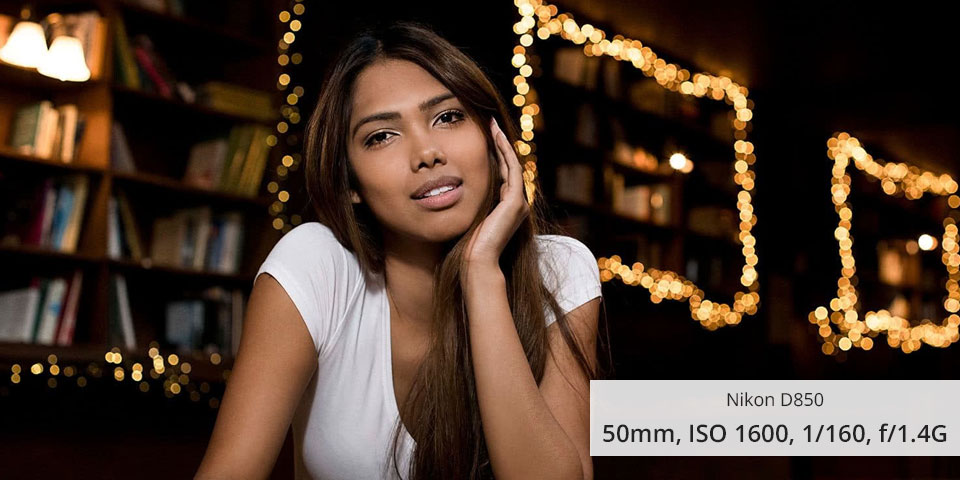
DxOMark gives this best camera sensor a 100 in many ways for its versatility – landscape or studio shooting – that will do just fine. The developers have improved it in all areas, namely its design, battery life, autofocus, shutter mechanism, dynamic range, mirror drive, sensitivity, Silent Photography in Live-View mode, Speedlight control, focus shift range, and more. This DSLR camera is deservedly considered the best and most versatile in photography circles.
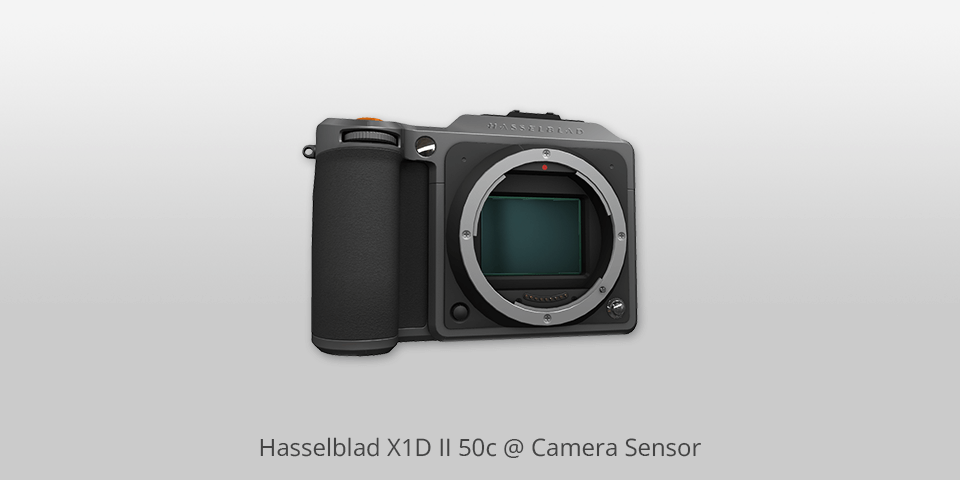
Type: CMOS | Sensor size: 43.8 x 32.9mm | Resolution: 50 MP | Frame rate: Up to 14 fps | ISO: 100-25600 | Weight: 1.69 lb / 766 g
The powerful features of this DSLR camera sensor put the X1D II 50c at the top of my list. At the heart of this camera is a large-sized 50MP CMOS sensor (43.8 x 32.9mm), delivering an outstanding wide dynamic range of up to 14 stops and stunningly vibrant 16-bit color reproduction.
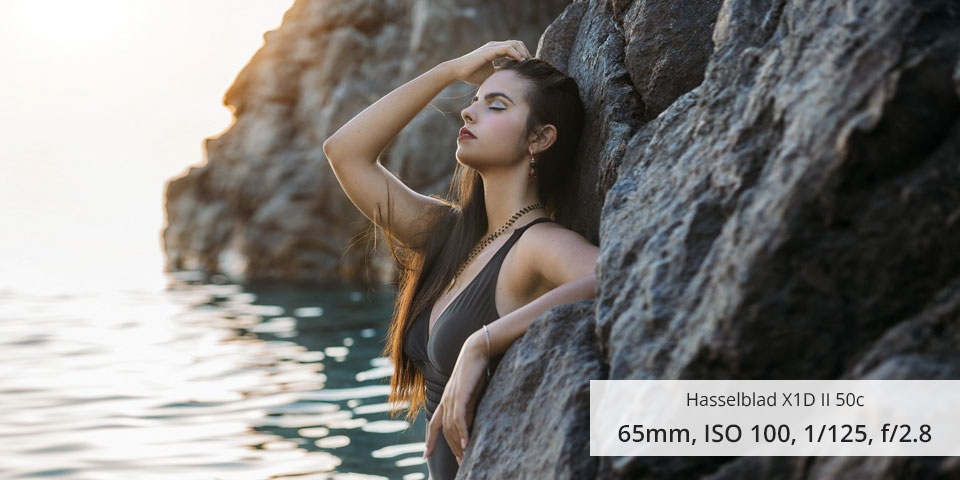
The device is also fitted with Hasselblad Natural Color Solution, which, along with the sensor, significantly deepens color tones and transitions, especially skin color reproduction. The pictures are incredibly detailed and clear, perfectly conveying reality, even in the darkest and most lit areas of the frame. This camera received a score of 102 on DxOMark.

Type: Full-frame Exmor R CMOS sensor | Sensor size: 35.9 x 24.0mm | Resolution: 42.4MP | Frame rate: Up to 10 fps | ISO: 50 to 102,4005 | Weight: 1.45 lbs
This 42.7-megapixel sensor is often preferred over other high-megapixel digital camera sensors. That’s because it provides amazing performance in low-light conditions. With this sensor, you can shoot portraits, studio images, and capture wildlife. The processor in this Sony сamera controls autofocus, making it possible to track motion at 10fps.
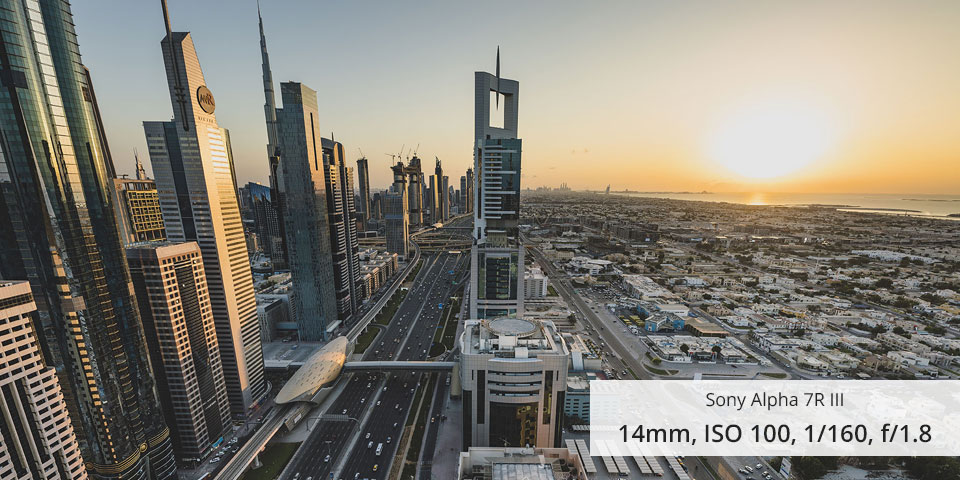
Equipped with a powerful battery with long life, a user-friendly control interface, and an enlarged viewfinder, this full-frame mirrorless camera becomes a serious competitor to robust SLR cameras. After testing, DxOMark gave this camera a solid 100 for being the best value for money in today’s photography market with its high megapixel count for less than $2,000.
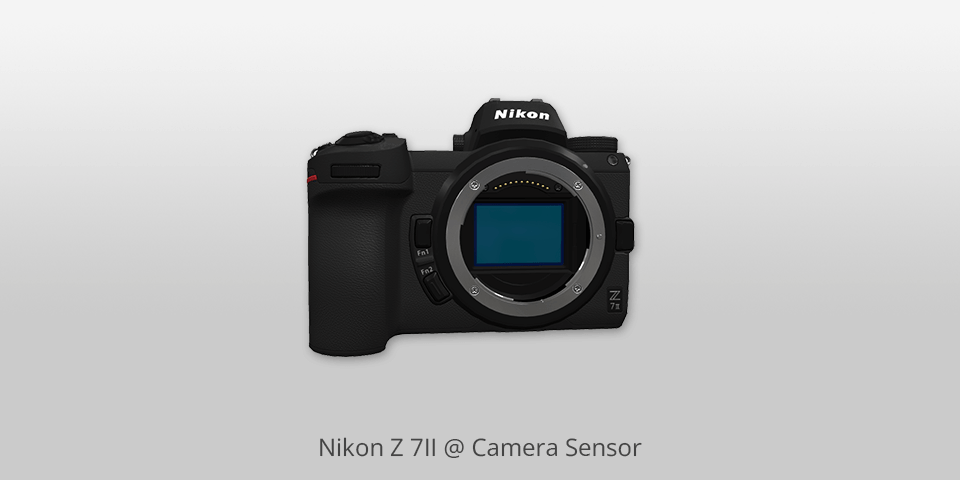
Type: BSI CMOS sensor | Sensor size: 35.90mm x 23.90mm | Resolution: 45.7MP | Frame rate: Up to 10 fps | ISO: 64 to 25,600 | Weight: 1.90 lbs
Unlike its older version, the Z7 II is equipped with a 45.7-megapixel full-frame BSI sensor and has already two processors. Today, there are not many digital photography sensors left with an initial ISO value of 64. Thanks to this, the dynamic range can be increased when shooting contrasting landscapes, such as moments when the sun rises or sets.
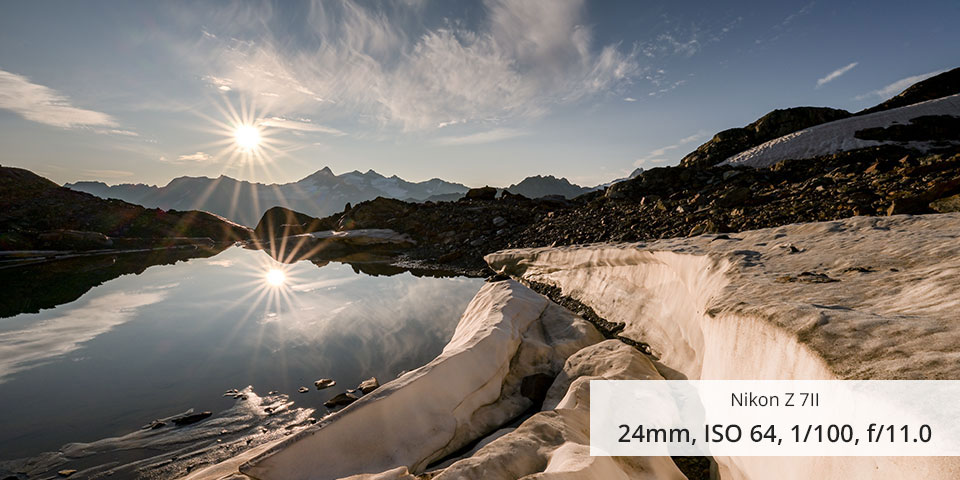
This Nikon camera model will suit those artists who are in pursuit of detailed super-clear shots. The Z 7 II perfectly combines a decent ergonomic build with stunning photo quality made possible by a powerful and reliable sensor. DxOMark gives this device a score of 100.
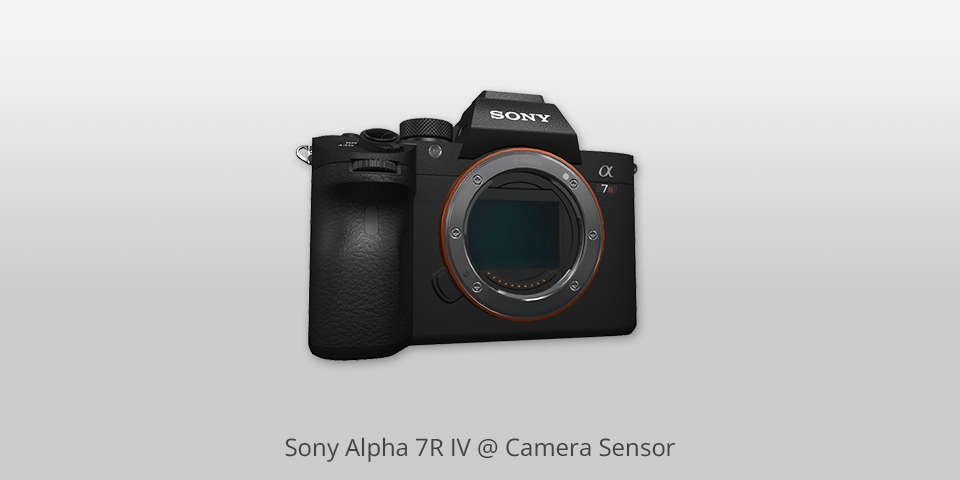
Type: Full-frame BSI Exmor CMOS | Sensor size: 35.7 × 23.8mm | Resolution: 61MP | Frame rate: Up to 10 fps | ISO: 50 to 102,400 | Weight: 1.46 lbs
DxOMark awarded this camera 99 points after testing. In addition to the 61-megapixel sensor, the device also offers 576 autofocus points, which cover a matrix. All of this adds up to an amazing user experience when shooting super top-quality images using Sony’s latest autofocus technology.

Thanks to Real-time Eye AF, this camera is suitable for shooting portraits. Equipped with the α7R IV, the best camera sensor, and mechanical shutter, this camera offers you shooting speeds of up to 10 fps and up to 8 fps in burst mode with live view. These are excellent features for capturing the most important moments and displaying all the necessary details.
| IMAGE | NAME | FEATURES | |
|---|---|---|---|

|
Nikon D850
OUR CHOICE
|
CHECK PRICE → | |

|
Hasselblad X1D II 50c
UP TO 14 FPS
|
CHECK PRICE → | |

|
Sony Alpha 7R III
LOW-LIGHT
|
CHECK PRICE → |
Refer to the specification for your camera. The sensor can be as for mobile phone cameras (about 1/2.55″), 1″, Micro 4/3rds, APS-C, or full-frame.
The larger the sensor, the better camera performance becomes, such as depth of field, light gathering, ISO performance, field of view, and dynamic range. The values of these indicators, in turn, form the quality of your output image.
If a large depth of field, low light performance, and high dynamic range performance are critical parameters for you, then you should definitely pay attention to large camera sensor ratings. However, if the importance of all this is inferior to the size and weight of the camera, as well as its performance, then you should take a closer look at smaller sensors.